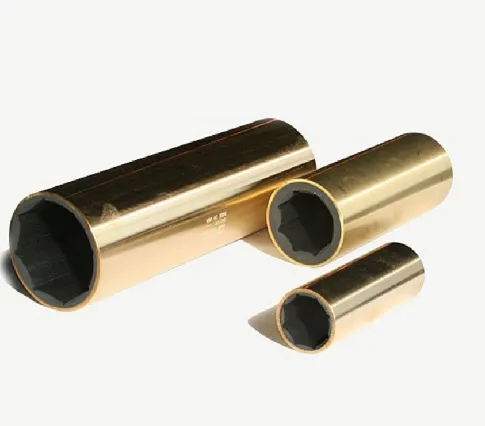Understanding the Function and Applications of Lip Seal Rings in Engineering
Understanding Lip Seal Rings Functionality and Applications
Lip seal rings are essential components in a variety of mechanical systems, designed primarily to prevent the leakage of fluids while also keeping contaminants at bay. These seals are widely utilized in an array of applications, including automotive, industrial machinery, and aerospace technologies. Their ability to provide effective sealing solutions is crucial for the reliable performance and longevity of numerous systems.
What is a Lip Seal Ring?
A lip seal ring, often simply referred to as a lip seal, typically comprises a flexible elastomeric material shaped into a unique profile. The design usually features one or more flexible lips that create a tight seal around a shaft or rotating part. By conforming to the surface of the shaft, these lips minimize the gap through which fluids can escape, thereby ensuring that any internal lubrication remains contained.
The sealing action is achieved primarily through contact pressure, which is provided by the elastic nature of the material. This contact also helps to keep out dirt, dust, and other pollutants that could adversely affect the mechanism's performance. Lip seals can be found in a variety of configurations, including double-lip and single-lip designs, to accommodate different sealing needs.
Key Characteristics of Lip Seal Rings
1. Material Composition Lip seal rings are manufactured from a range of elastomeric materials, including nitrile rubber (NBR), fluoroelastomer (FKM), and silicone. The choice of material is crucial and depends on factors such as the type of fluid being sealed, temperature ranges, and environmental conditions.
2. Temperature Resistance Many lip seal rings are designed to withstand extreme temperatures, ranging from very low to very high, making them suitable for diverse applications. For instance, fluoroelastomer seals perform well in high-temperature environments, whereas silicone may be efficient in applications involving low temperatures.
3. Durability These seals exhibit excellent resistance to wear and tear, ensuring a long service life, which is particularly important in high-rotation applications.
lip seal ring

4. Low Friction The design of lip seals contributes to reduced friction during operation, thereby optimizing energy efficiency. This is especially beneficial in rotating equipment, where reduced friction translates to lower energy consumption and heat generation.
Applications of Lip Seal Rings
Lip seal rings are found in countless applications across various industries
- Automotive Sector In vehicles, lip seals are commonly used in engine components, transmissions, and differential cases. They help maintain oil levels and prevent leaks that could lead to performance degradation or mechanical failure.
- Industrial Machinery Many industrial applications, such as pumps, compressors, and conveyor systems, rely on lip seals to ensure that lubricants are retained while preventing contamination. This is vital for machinery that operates under high loads and rough conditions.
- Aerospace In aerospace technology, lip seal rings play a crucial role in hydraulic systems and engines, where reliability and safety are paramount. They provide effective sealing under extreme pressure and temperature variations encountered in flight.
- Consumer Appliances Electromechanical devices and appliances often incorporate lip seals to protect internal components from moisture and dirt, extending the product's lifespan.
Conclusion
In summary, lip seal rings are fundamental to the functionality of numerous mechanical systems across diverse industries. Their design—characterized by flexibility, durability, and material variety—makes them an effective solution for preventing fluid loss and protecting against contamination. As technology advances and new materials are developed, the capabilities and applications of lip seal rings will continue to expand, ensuring they remain integral components in modern machinery. Understanding these seals' characteristics and applications allows engineers to make informed choices in their designs, thereby optimizing performance and reliability across various mechanical systems.
-
The Ultimate Guide to Car Repair Kits: Tools and Essentials Every Driver Should Own
News Aug.01,2025
-
The Complete Guide to Oil Pan Gaskets: Sealing Engine Leaks the Right Way
News Aug.01,2025
-
Preventing Oil Leaks: A Complete Guide to Oil Pan Gaskets and Drain Seals
News Aug.01,2025
-
Everything You Need to Know About Oil Pan Gaskets and Drain Plug Seals
News Aug.01,2025
-
Essential for Car Owners: How to Use a Car Repair Kit to Deal with Minor Breakdown
News Aug.01,2025
-
Comprehensive Guide to Engine Oil Sump Gaskets and Related Seals
News Aug.01,2025
-
The Ultimate Guide to Boat Propeller Bearings and Trailer Wheel Bearings
News Jul.31,2025
Products categories















